
back to Jacket # 5 contents page |
| | 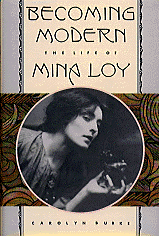
|
|
| | LINK: Complete Introduction from Becoming Modern You can read more about Mina Loy in this issue of Jacket. Pam Brown: Carolyn, you have been writing about Mina Loy's work since 1980.
Could you recount your discovery of her work? |
|
| |
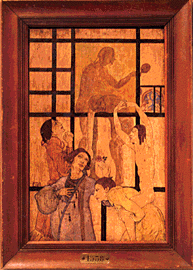 "La maison en papier"
It was a crucial period in her life and one that took years to unearth.
Although the Salon d'Automne was held in Paris, there were only the slightest references to her showing there and to the art school she attended in the 1900s. I tried to find the records for both places but they didn't exist any more -- so I had to go about it in a devious fashion. I was able to get the titles of all the paintings that she'd shown, because the catalogues still exist, but I had to research the rest through the memoirs of people who lived in Montparnasse at the time. |
|
| |
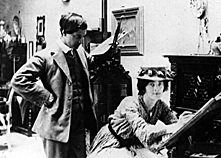
|
|
| | And this was her first husband, Stephen Haweis. They met at art school in England? |
|
| |
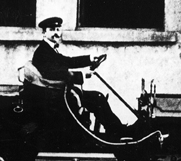
Filippo Tommaso Marinetti, 1910 |
|
| |
In 1914 she told Carl Van Vechten: "I have a fundamental masculine conceit that ascribes lack of appreciation of my work to lack of perspicacity in the observer." Do you think she was being ironic or do you think she was actually that confident -- or is that perhaps something that women do? |
|
| |

|
|
| |
|
|
| |
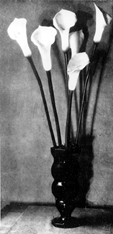
|
|
| |
|
|
| |
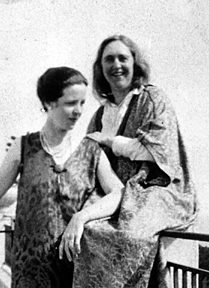
|
|
| |
|
|
| |
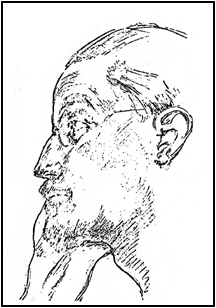
|
|
| |
|
|
| |

|
|
| |
|
|
| |
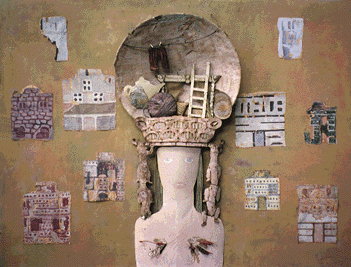 "Househunting", Mina Loy assemblage c. 1950 |
|
| |
|
|
| |

|
|
| |
What were the circumstances of the recording?
King's Cross, Sydney
Carolyn Burke (right) with Betty Garland, Aspen, Colorado, Halloween 1989 |
|
| |
LINK: Complete Introduction from Becoming Modern Ordering Information: Becoming Modern: The Life of Mina Loy, by Carolyn Burke, ISBN 0-374-10964-8 Hardback, Farrar Straus and Giroux, US$35 |
|
|
But wait — there’s more! ...from Pam Brown’s author notes page here on the Jacket site, you can link to a photo and a biographical note, and also to dozen or so Jacket pages where her work features or where she is reviewed or interviewed. |
|
J A C K E T # 5 Back to Jacket # 5 Contents page |